All channels  ArchiStud - where creativity takes shape ArchiStud - where creativity takes shape  Rattrap Bond Rattrap Bond |
|
| ArchiStud - where creativity takes shape
How a life of an architecture student is different in perceiving the world. | |
| |
|
|
|
 | Rattrap Bond | |
|
| | By:Gunjan Utraja - On Monday, April 13,2009 - 64053 View(s) - 6 Comment(s) |
RATTRAP BOND
While laying bricks, the manner in which they overlap is called the bond. There are several types of bonds developed in different countries from time to time. They are called as stretcher bond,English bond, Flemish bond and rat-trap bond.

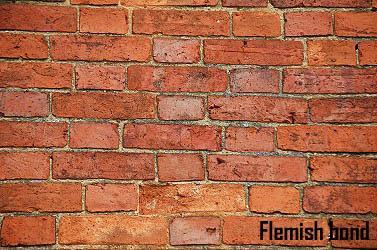
These are some general bonds which can be seen in routine construction.
The rat-trap bond is laid by placing the bricks on their sides having a cavity of 4? (100 mm), with alternate course of stretchers and headers.The headers and stretchers are staggered in subsequent layers to give more strength to the walls.

Advantages:-
- Strength is equal to standard 9" (229mm) brick wall, but consumes 20% less bricks
- The air medium that is created by the bond helps maintaining a good thermal comfort inside the building
- As the construction is appealing to the eye from both internally & externally, plastering is not necessary
- The overall saving on cost of this wall compared to the traditional 9" wall is about 25%
- An ideal mechanism for the congested low-income communities where land is scarce, but building a standard up-stair house is not a financially viable option
- It is true that open wiring and plumbing is preferred. But, if you plan your services at an early stage of design, it can enrich your building. You can also save on plastering cost and materials, and on future costs of re-painting (it's maintenance-free).
So we conlude that:-
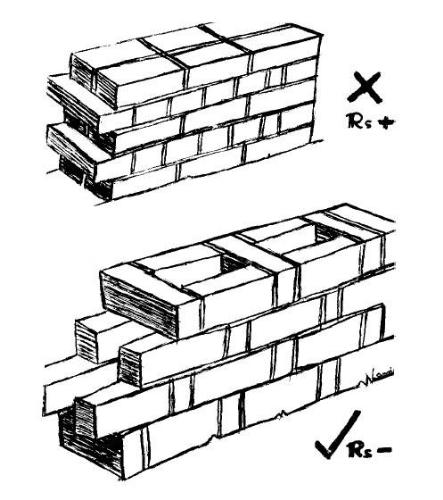
This technology has about 25% overall-saving on cost of a building of traditional 9" construction. The structure has proven its strength to go up to three floors with the support of brick columns. With this technique there is reduction in cost of the wall by 25% as with conventional English bond (9’’thk wall) 350 bricks are required per cu. m whereas in Rat-trap bond only 280 bricks are required and also the reduced number of joints reduces the mortar consumption.
Disadvantages:-
- It has to be done by masons trained in rat trap bond, because there could be wastage of mortar falling into the gap.
- The other disadvantage is in using concealed wiring and plumbing. If you break one brick, then more than one brick will fall down.
Strength of Rattrap bond:-
The load bearing tests done at the Anna University has proven that a wall in rat-trap bond performs as good as the usual English bond. Rattrap bond saves consumption of bricks by 18% and cement by 24% as compared to conventional English bond in addition to being lighter by 25% in weight.
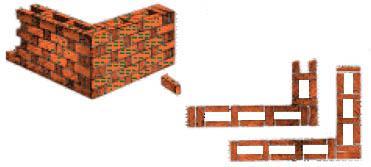

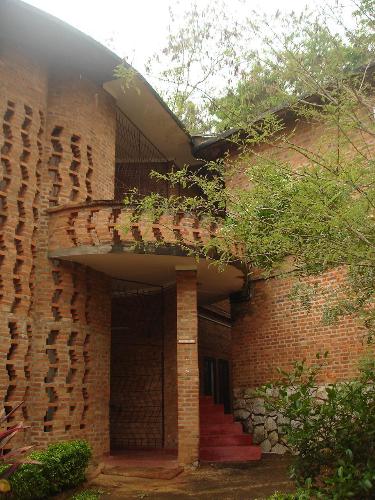
For extra stability:-
- Vertical Rod should be placed at 125mm from the inner face of the Brickwork Rat-trap Bond (T-Joint)
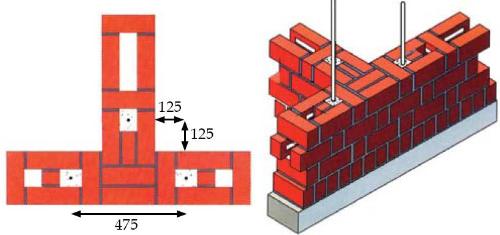
For extra stability:-
- Vertical Rod should be placed at 245mm from the inner face of the Brickwork Rat-trap Bond (L-Joint)
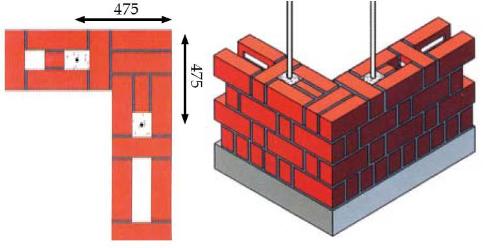
BUILDING houses is a costly business these days. A lot of the current expenditure is on unnecessary fashionable frills and designs. Much money could be saved merely by using common sense along simple, established, tried building practices.
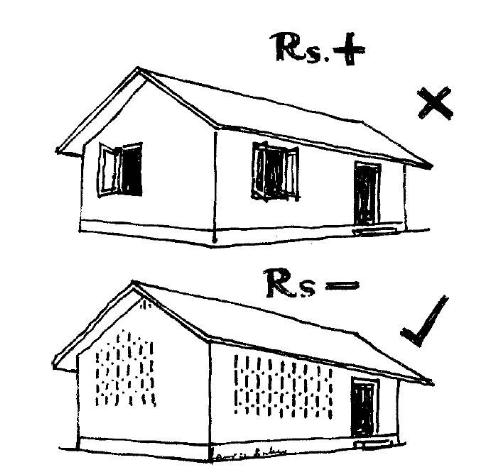
Contact Gharexpert.com
|
| |
|
| Did you enjoy this post? Please share it! |  |  |  |  |  |  |  |  |  |  |  |  |  |  |  |  |  |
|
|
|